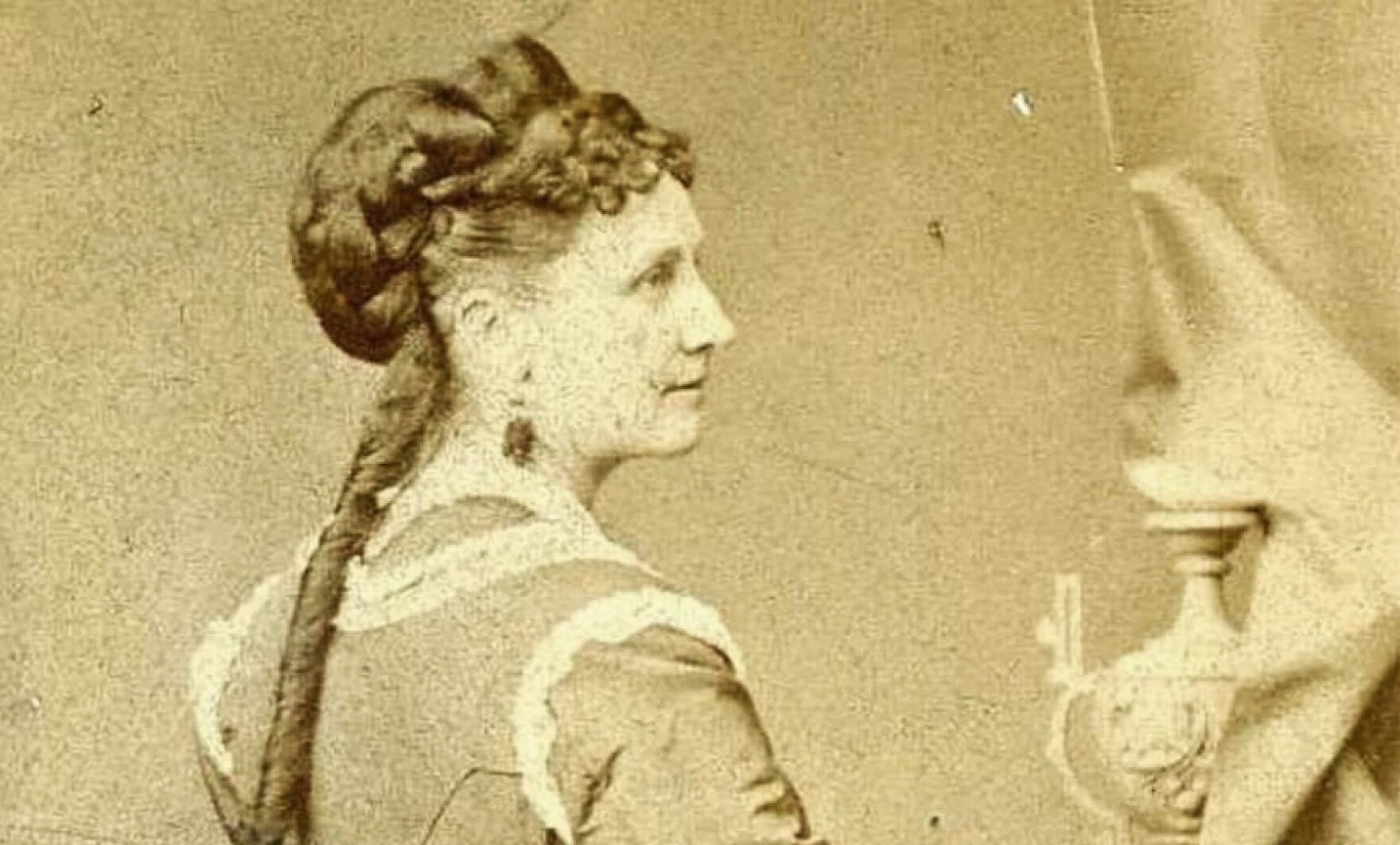She was one of the signers of the Seneca Falls Declaration. Her professional occupations also include literature, politics, and teaching. She belongs to a group of scientists and women's rights activists such as Antoinette Brown Blackwell, critic of Darwin, Ellen Swallows, with environmental hygiene, or Mary Mitchell, astronomer.
Her contemporaries were scientists as important as Florence Nightingale (1820-1910), known for being a pioneer in modern medicine and nursing as well as for her contributions to statistics; Ada Lovelace (1815-1852), the first person in history to program a machine, precursor of current computers and other mathematicians and teachers such as Mary Everest Boole (1832-1916), Sofía Kovalévskaya (1850-1891) or Charlotte Angas Scott (1858-1931).
Climate change has had a long history of female participation, and here too her figure was decisive in the study of global warming. Currently [https://en.wikipedia.org/wiki/Women_in_climate_change], Gro Harlem Brundtland or the most recent Greta Thunberg, who we can consider her heiresses, stand out, as well as the environmental activist Petra Kelly or the North American Julia Butterfly. In fact, Eunice Foote discovered the "Greenhouse Effect" while experimenting in her kitchen.
